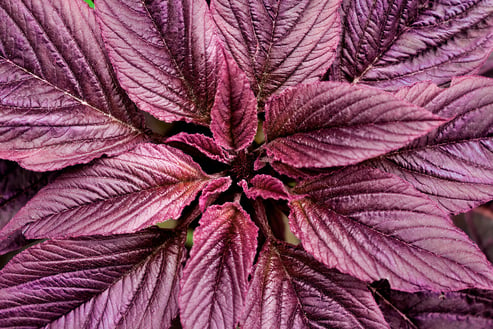-
Ingredient SolutionsQuickly narrow your search. Browse products in our sortable catalog. View Catalog
-
ApplicationsQuickly narrow your search. Browse products in our sortable catalog. View Catalog
-
ResourcesRecently Posted
-
PLT People & Planet
-
About
Our international network, passionate team of experts and extensive industry knowledge is what sets us apart.
 Seth FlowermanCEO
Seth FlowermanCEO
Differential vascular reactivity responses acutely following ingestion of a nitrate rich red spinach extract


Citation: Haun CT, Kephart WC, Holland AM, et al. Differential vascular reactivity responses acutely following ingestion of a nitrate rich red spinach extract. Eur J Appl Physiol. 2016;116(11-12):2267-2279. doi:10.1007/s00421-016-3478-8
Abstract:
Introduction: Inorganic nitrate ingestion has been posited to affect arterial blood pressure and vascular function.
Purpose: We sought to determine the acute effect of a red spinach extract (RSE) high in inorganic nitrate on vascular reactivity 1-h after ingestion in peripheral conduit and resistance arteries.
Methods: Fifteen (n = 15; males 8, females 7) apparently healthy subjects (aged 23.1 ± 3.3 years; BMI 27.2 ± 3.7 kg/m2) participated in this crossover design, double-blinded study. Subjects reported to the lab ≥2-h post-prandial and consumed RSE (1000 mg dose; ~90 mg nitrate) or placebo (PBO). Venipuncture was performed on three occasions: baseline, 30-min post-ingestion and between 65 to 75-min post-ingestion. Baseline vascular measurements [i.e., calf venous occlusion plethysmography, brachial artery flow-mediated dilation (FMD)], 30-min of continuous blood pressure (BP) and heart rate (HR) analysis, and follow-up vascular measurements beginning at 40-min post-ingestion were also performed.
Results: Humoral nitrate following RSE ingestion was significantly higher at 30- (+54 %; P = 0.039) and 65 to 75-min post-ingestion compared to baseline (+255 %, P < 0.001) and PBO at the same time points (P < 0.05). No significant changes in BP or HR occurred in either condition. Peak reactive hyperemia (RH) calf blood flow increased significantly (+13.7 %; P = 0.016) following RSE ingestion, whereas it decreased (-14.0 %; P = 0.008) following PBO ingestion. No significant differential FMD responses were detected (P > 0.05), though RH was decreased following the baseline measure in both conditions.
Conclusions: RSE significantly increased plasma nitrate 30-min post-ingestion, but acute microvascular (i.e., resistance vasculature) reactivity increases were isolated to the lower limb and no appreciable change in brachial artery FMD was observed.
Keywords: Amaranthus tricolor; Endothelial function; Flow-mediated dilation; Inorganic nitrate; Red spinach; Venous occlusion plethysmography.













